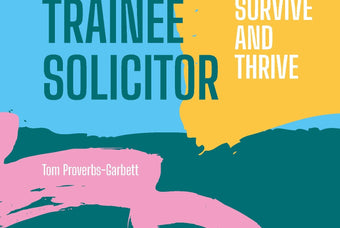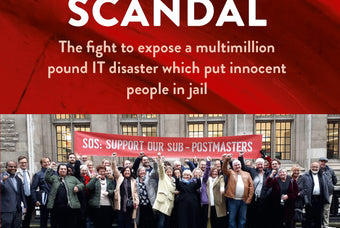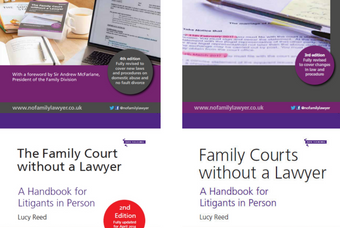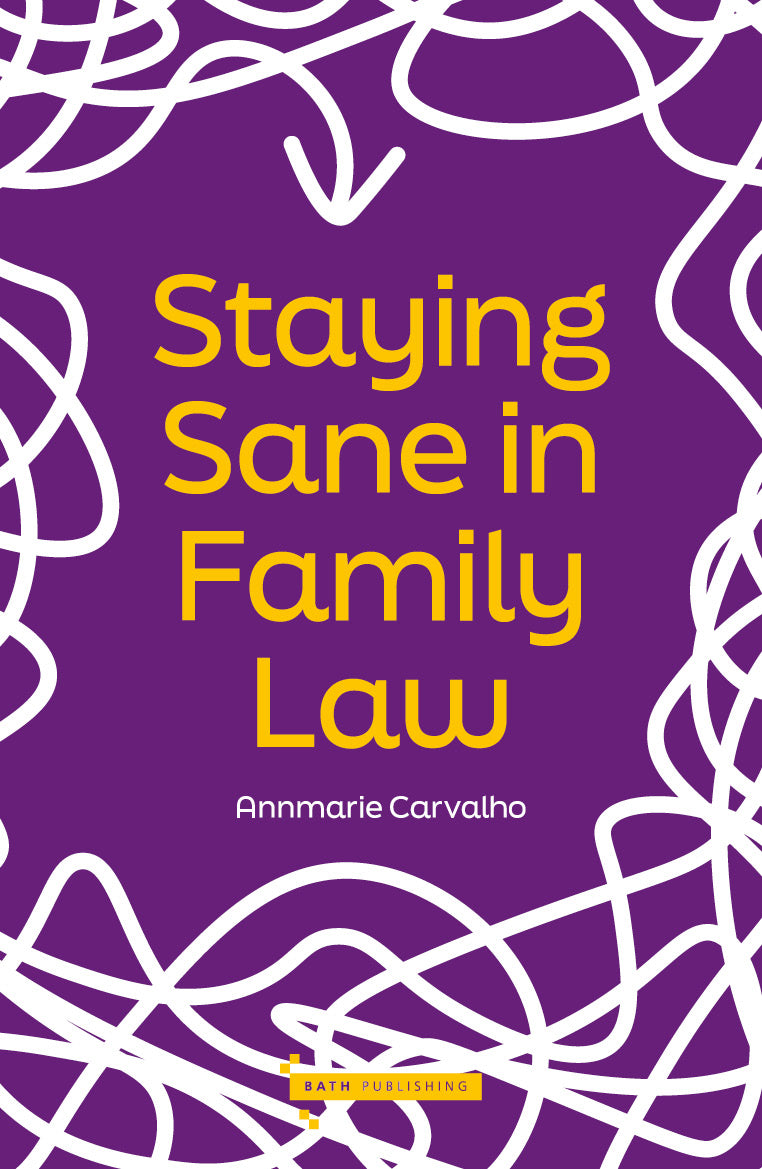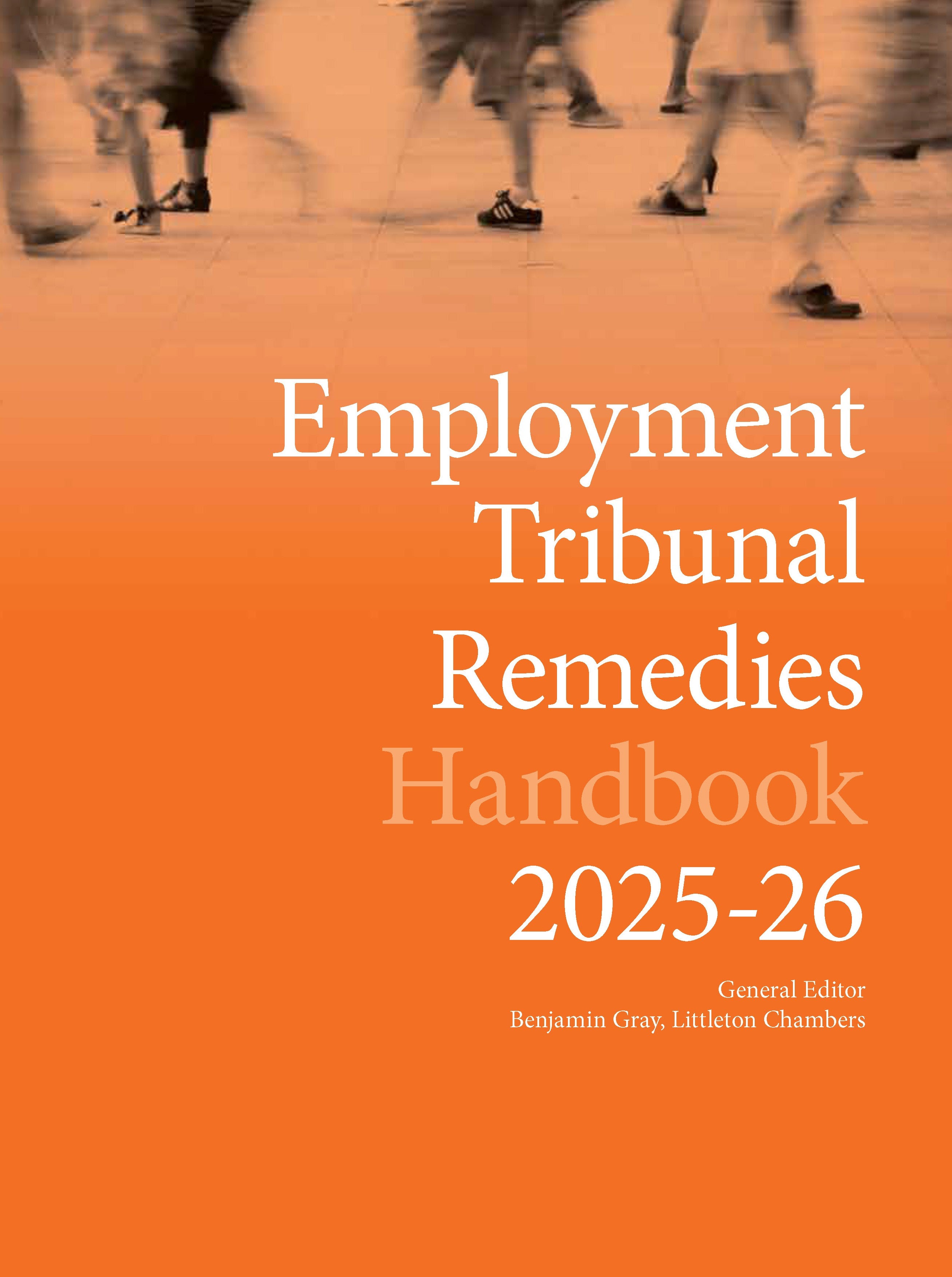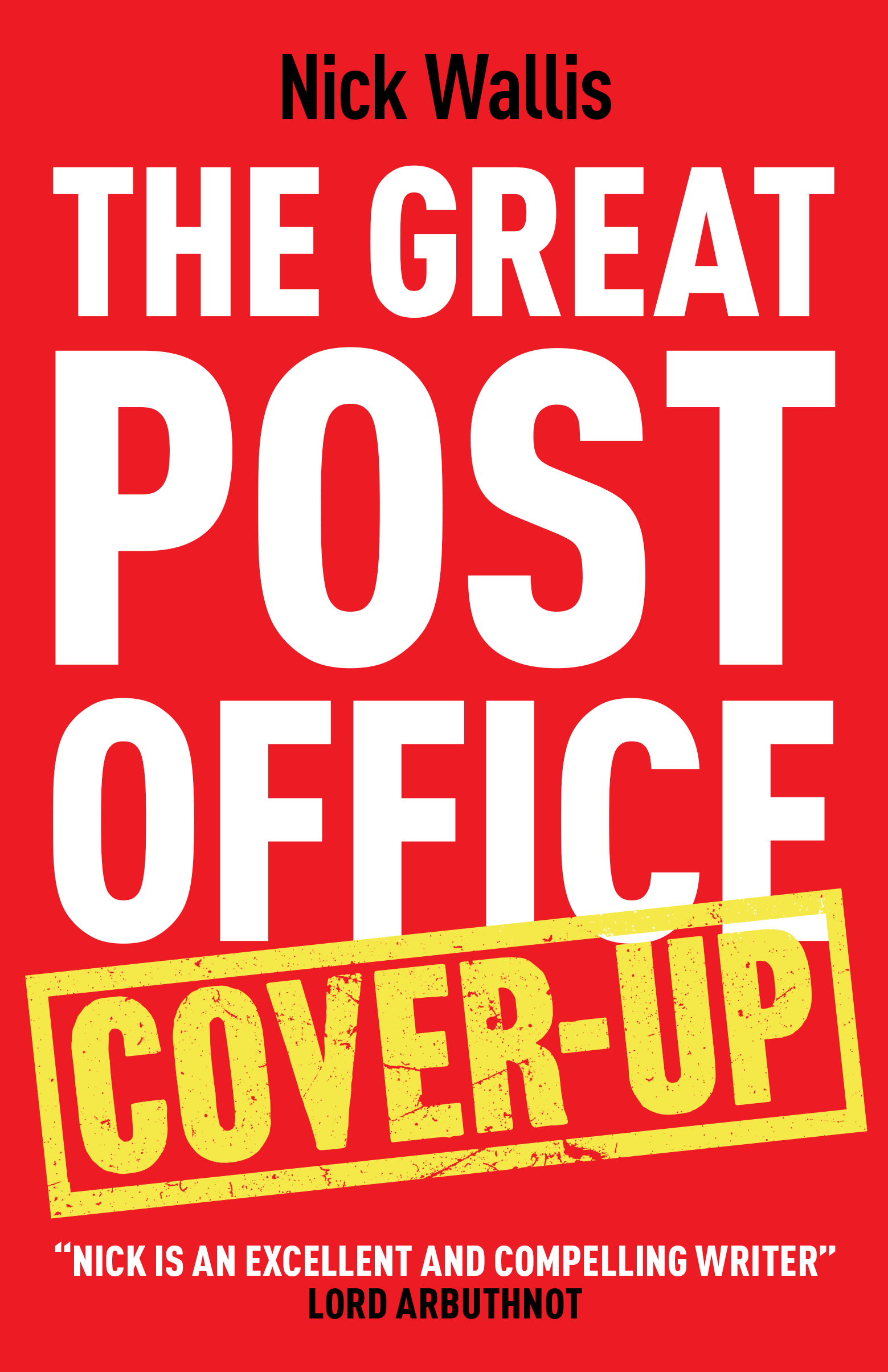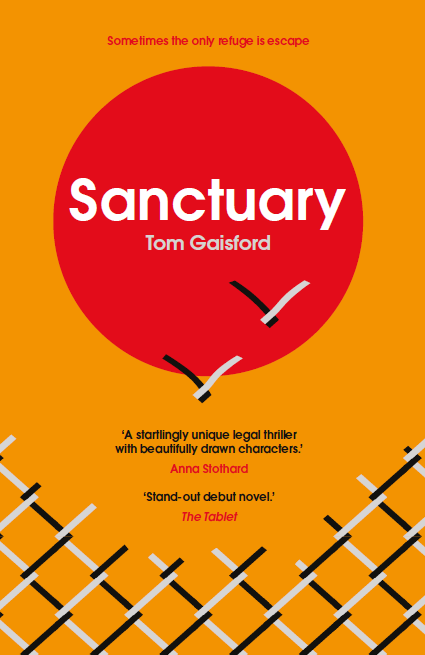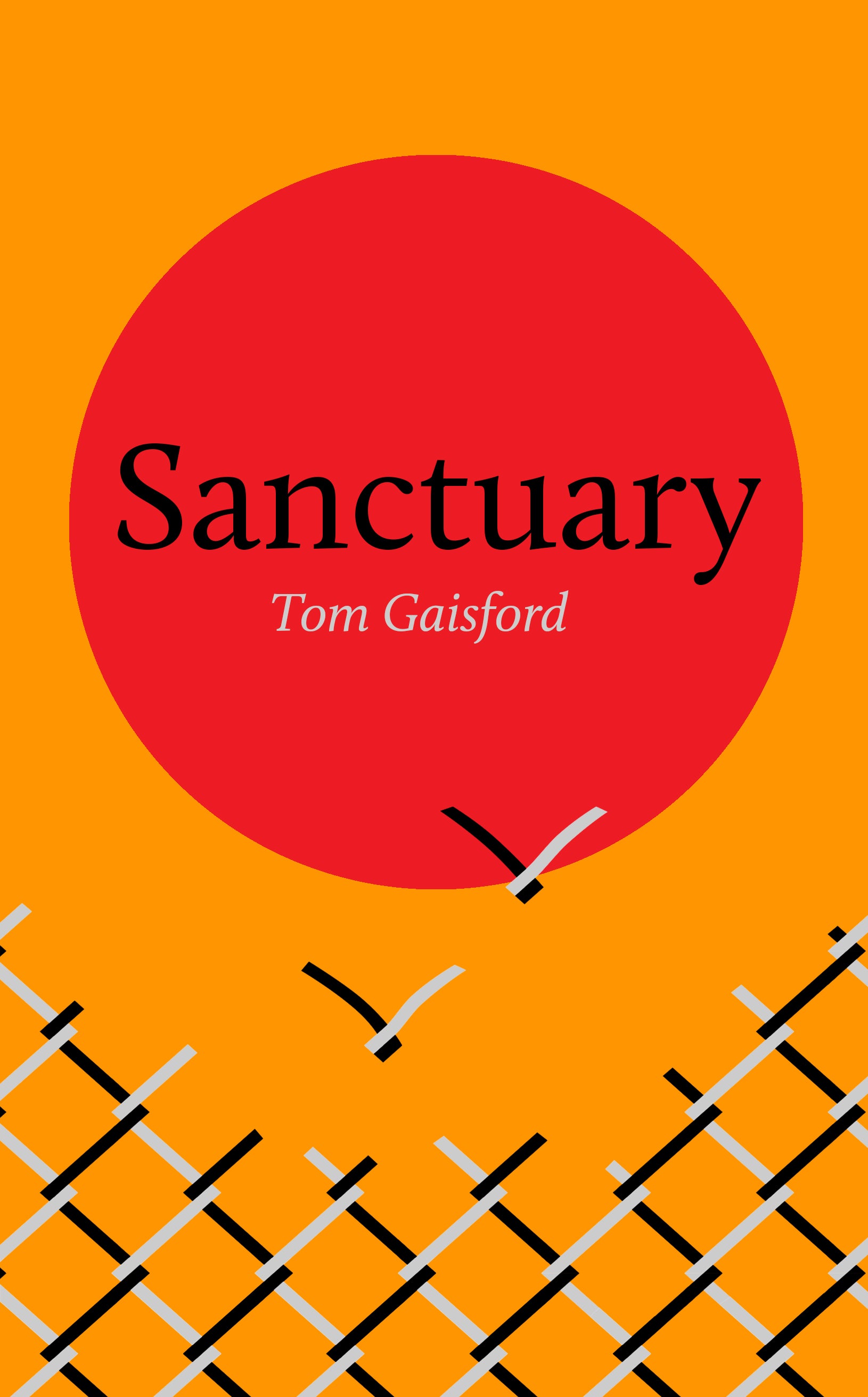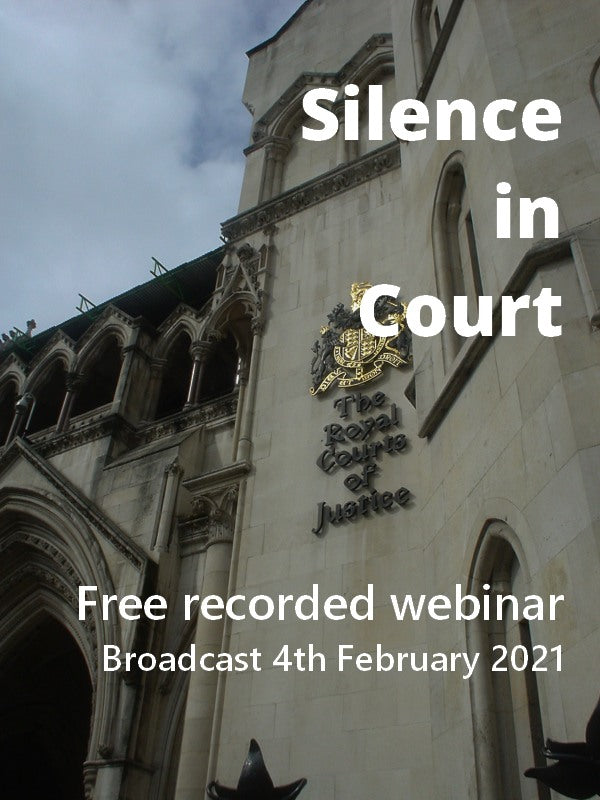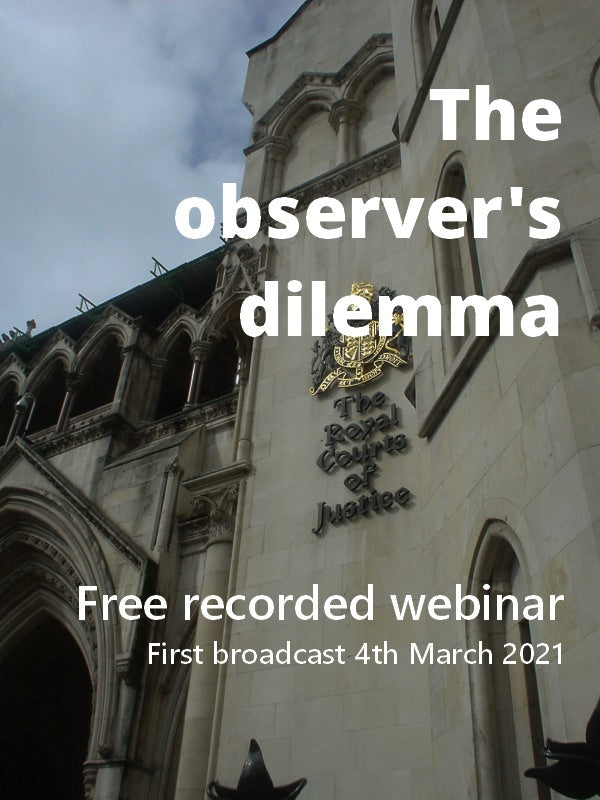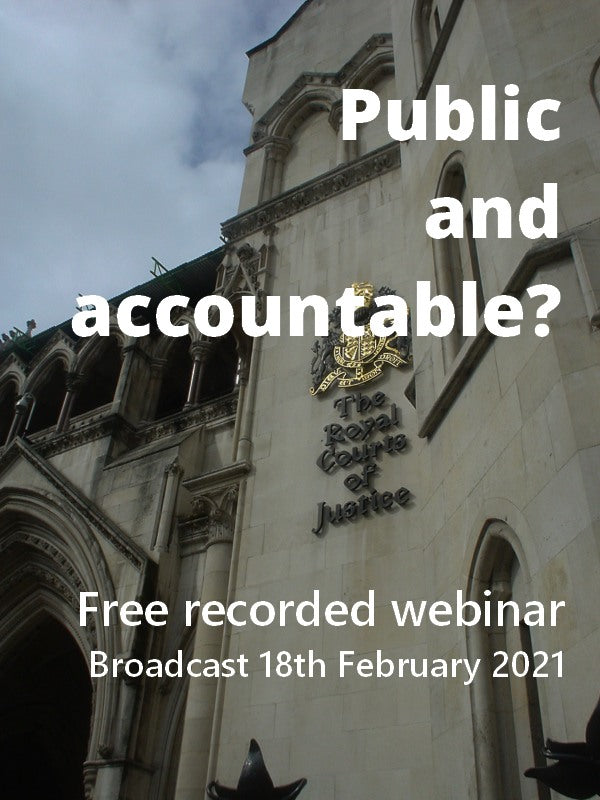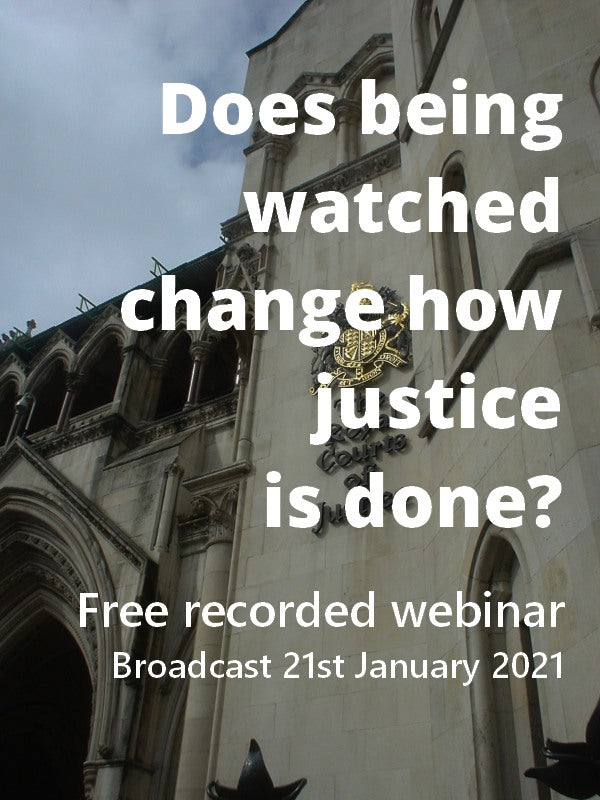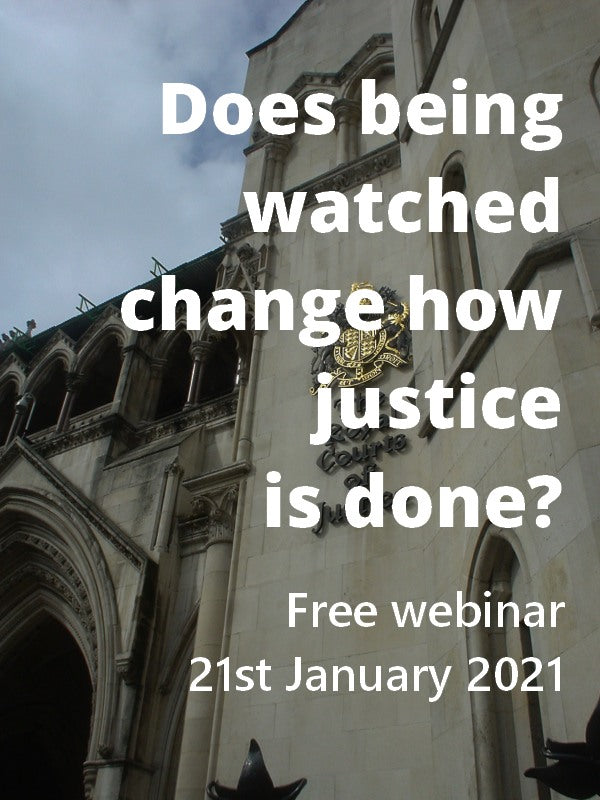This blog post is one of a series of extracts from Insolvency Law Made Clear: A Guide for Debtors, the plain English, practical guidance for anyone facing demands over a debt they are struggling to pay.
------------
An individual can voluntarily apply to an adjudicator to have themselves made
bankrupt. A voluntary bankruptcy leads to the same outcome as being made
bankrupt on a creditor’s petition. It is quicker and so cheaper for the individual.
A debtor interested in this voluntary bankruptcy must fill in the form on
the Online Debt Solutions website run by the Insolvency Service: https://apply-for-bankruptcy.service.gov.uk/ and pay an adjudication fee of £130 and
a deposit of £550. The website is clear and easy to use. The debtor must provide
evidence of their insolvency to an adjudicator, who is an official employed by
the Insolvency Service. The adjudicator makes a single decision: whether they
satisfied that the debtor cannot pay their debts.
It is a criminal offence to knowingly or recklessly make a false representation or
omission in a bankruptcy application, for example, not disclosing an extra bank
account. Note that making a false representation is a particularly bad idea given
that the OR is going to review the debtor’s paperwork and is likely to find the
relevant undisclosed or misleading evidence. The OR is a professional who is
used to looking at financial information and identifying irregularities.
An adjudicator must make a bankruptcy order within 28 days of the debtor
making the application (r10.40) unless they request further information, in
which case they have 42 days from receipt. If the adjudicator refuses to make
the order, a debtor has 14 days to request a review. If the review is unsuccessful,
the adjudicator will give their reasons, and the debtor has 28 days to appeal to
the court. In all instances, the deposit money, but not the adjudication fee, is
returned if the application is unsuccessful.
The vast majority of applications are successful: it is not difficult to demonstrate
insolvency. The main reasons why applications are declined are technical ones,
such as failure to pay the deposit correctly. In practice, debtors who wish to use
this route can do so quickly and efficiently. There are roughly 12,000 applications for bankruptcy each year.
-------------
Read more and buy the book here.



